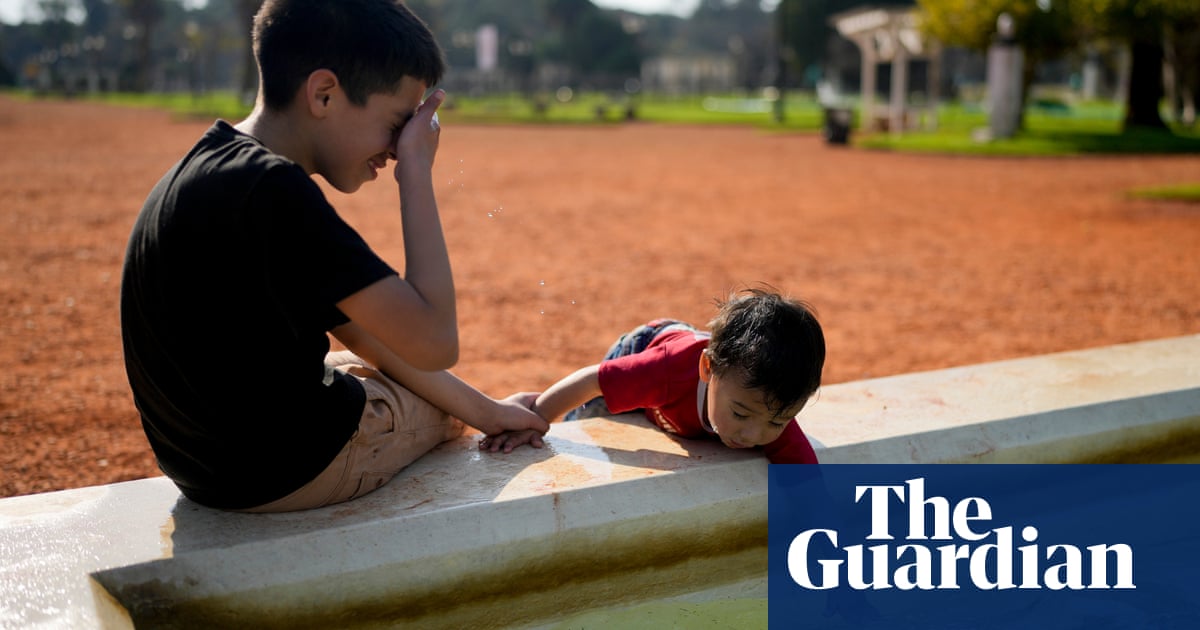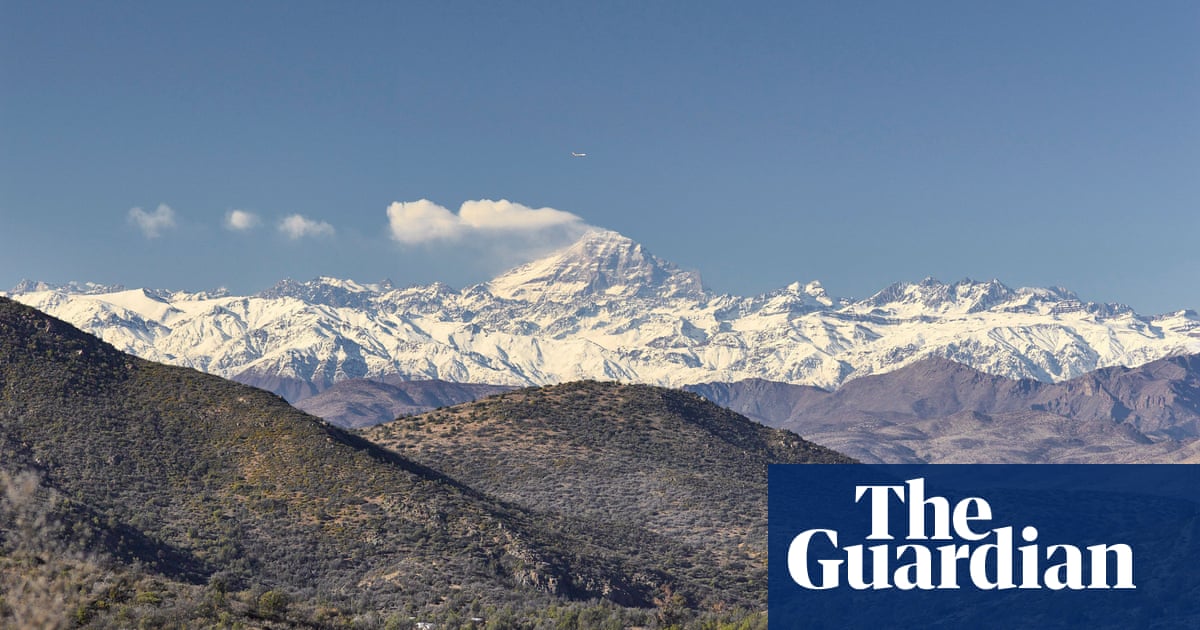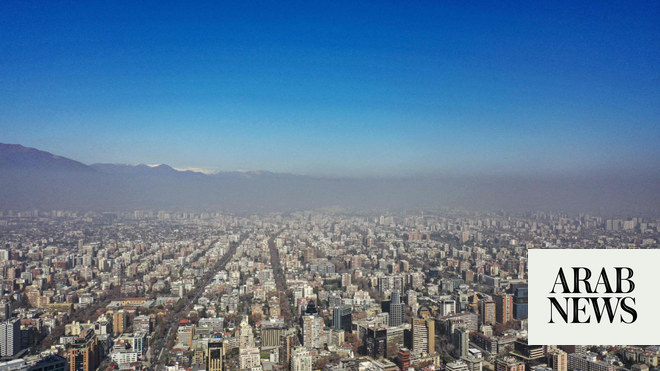
Now should be South America’s bleak midwinter, but several parts of the continent are experiencing an extraordinary unseasonal heatwave that scientists believe offers a disturbing glimpse of a future of extreme weather.
Argentina’s riverside capital, Buenos Aires, this week recorded its hottest 1 August in 117 years.
Cindy Fernández, a weather bureau spokesperson, said her country was facing “a year of extreme heat”.
“Winter temperatures are way off the scale – not only in the central region where Buenos Aires is but also in the northern regions bordering Bolivia and Paraguay where temperatures reached between 37C (98.6F) and 39C (102.2F) this week.”
Hundreds of miles to the west, in Chile, temperatures rose even higher, towards 40C.
“July was the planet’s hottest month since records began and the Andes are now experiencing their own thermal ordeal,” announced the Santiago-based newspaper La Tercera. “Although we’re in winter, Chile is living through a little hell of its very own.”
Raúl Cordero, a climate expert from the University of Santiago, told the newspaper that as far as temperatures and rainfall were concerned, “Chile’s winter is disappearing”.
“It’s not surprising that temperature records are being set all over the world. Climate change ensures these records are broken more and more frequently,” Cordero said.
Parts of Paraguay, Bolivia and southern Brazil have also been baking in what extreme weather-watcher Maximiliano Herrera called “brutal” temperatures of almost 39C. “For at least five more days there won’t be any relief and we can’t rule out some 40s,” Herrera predicted on Twitter where he claimed the unusual winter heat was “rewriting all climatic books”.
“We are used to the heat in Paraguay, but the weather now makes it so hot we don’t leave the house,” said Ariel Mendoza, a 32-year-old car salesman in Paraguay’s capital Asunción, as the mercury there rose to 33C on Thursday.
Five years ago, winter in Paraguay made for chilly days, Mendoza pointed out. “But now it’s 30C-35C [86F-95F] in the winter due to climate change.”
In the Catholic University’s shade-filled campus off the Paraguay River, Oscar López Grutter, the school’s administrative director, agreed that recent winters in Paraguay have changed as the world has grown hotter. “This winter is less cold and much shorter,” he said. “There’s less nature – there’s climate disorder, more cars, more industry, more pollution. Deforestation, less trees and, unfortunately, less periodic rains.”
The South American heatwave – which experts attribute to the weather system El Niño and human-made climate change – comes as politicians prepare to gather in the Brazilian city of Belém for a major two-day summit about the future of the Amazon rainforest and the climate emergency.
The event’s host, Brazil’s President Luiz Inácio Lula da Silva, has claimed the gathering will represent a “landmark” moment for efforts to fight global heating before the Cop28 climate summit in Dubai in late 2023.
“These days, the climate isn’t just a question for ecologists or environmentalists. It’s a question for anyone with a bit of intelligence who can see that things are changing around the world,” Lula told foreign correspondents this week before the summit, which the leaders of Amazon nations including Bolivia, Colombia, Peru and Venezuela should attend.
Lula vowed to put the climate crisis on the national curriculum so eight- and nine-year-old children could enlighten their doubting parents about its dangers.
Marcio Astrini, the executive secretary of the Climate Observatory group, said the global focus on extreme weather would boost Lula’s campaign to reposition Brazil as a key environmental player after four years under the climate-denying president Jair Bolsonaro.
“Everyone is talking about the area in which the Brazilian government wants to position itself as an example of a solution. So it’s the perfect backdrop [to the summit],” Astrini said. “You have this heatwave which is in the headlines every day and the Brazilian government comes along and says: ‘I’m doing something and I’ve brought all the countries of the Amazon together to find shared objectives.’ It’s phenomenal.”
The Amazon region, where the 8-9 August forum will be held, is expected to increasingly feel the impact of El Niño in the coming months, with the weather event increasing the risk of forest fires and drought.
The hot spell in Buenos Aires ended on Thursday, but the record winter temperatures continue unabated in northern provinces such as Formosa and Corrientes. “This is already the hottest year on record,” said Fernández. “To give you an idea, we had 10 heatwaves during this 2023 summer, when the number of heatwaves in even the hottest summers before this one never exceeded five.”
Record highs are being recorded also in Argentina’s southern region of Patagonia, which extends almost to the Antarctic Ocean. “Summers in Patagonia are 1.5 degrees warmer than 60 years ago,” Fernández said.












